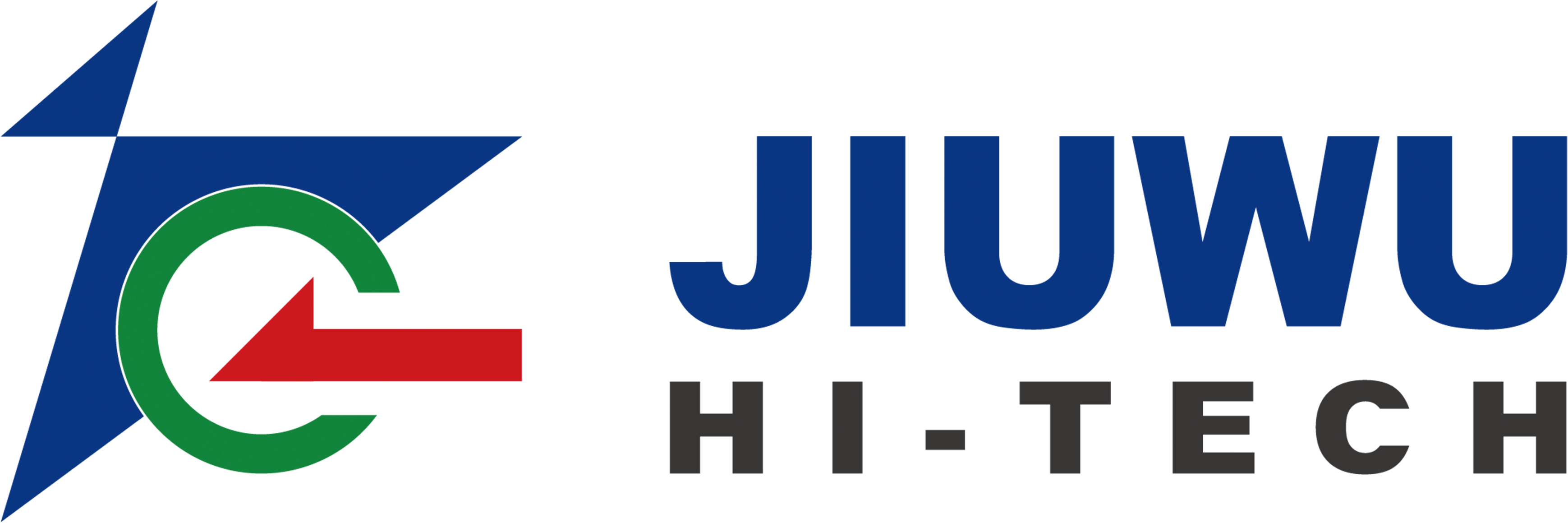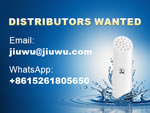Microfiltration membranes can intercept particles between 0.1 and 1 microns. Microfiltration membranes allow macromolecules and dissolved solids to pass through, but retain suspended matter, bacteria, and high molecular weight colloids. The operating pressure of microfiltration membranes is generally 0.3-7 bar. Membrane filtration is one of the earliest developed and applied membrane technologies in the world, which uses natural or synthetic high-polymer compounds as membrane materials. For microfiltration membranes, their separation mechanism is mainly sieving and retention.
Filtration and sterilization in the pharmaceutical industry.
Applications in the food industry.
Applications in the paint industry.
Applications in the biotechnology industry. Place the filter membrane flat in a clean container, soak it in distilled water at around 70°C until it is completely wet, pour the water out after a few hours, soak it again overnight using the same method, and clean it once more with an appropriate amount of warm distilled water before use. Put the cleaned filter membrane into a suitable filter to prevent leakage and pour the filtrate from the inlet while exhausting air from the outlet to start the filtration process.
Water membranes are suitable for pharmaceutical liquids with a pH between 2 and 9, and should not be used with strong acids, alkalis, or organic solvents, including alcohol.
This product is generally resistant to temperatures of up to 130 degrees and pressures of 3-4 kg/cm.
Microfiltration membranes can only be used as the final stage of filtration. The filtrate must first pass through plate and frame or other filter materials for pre-filtration to prevent the blocking of the membrane.
Physical cleaning is a method of removing pollutants from microfiltration membranes through mechanical means. This method has the characteristics of not introducing new pollutants and having a simple cleaning process, but it is only effective for the initial stage of membrane pollution, and the cleaning effect cannot be long-lasting. Physical cleaning includes various methods, such as forward flushing, reverse flushing, backwashing under pressure, vibration, air injection, automatic sponge ball cleaning, hydraulic method, gas-liquid pulse, and cyclic washing.
Backwashing: refers to the method of blowing gas or liquid from the permeate side of the membrane to remove membrane surface pollutants. The operation pressure should be relatively low (about 132 kPa) to avoid membrane rupture. The backwashing time generally takes 20-30 minutes.
Soaking and water-powered backwashing: This is an effective method for improving flux for microfiltration membrane components with long-term continuous operation and decreasing permeate flow rate with difficulty in regeneration. After stopping the operation, soak the component in pure water for more than 10 hours, then perform hydraulic backwashing.
Mechanical scraping: For tubular components, soft foam plastic balls and sponge balls (with a diameter slightly larger than the inner diameter of the membrane tube) can be used to clean the pressure tube membrane. Repeatedly let the foam and sponge balls pass through the membrane surface through hydraulic force inside the tube to mechanically remove pollutants. This method can remove almost all soft fouling, but hard fouling is not only difficult to remove but may also damage the membrane surface.




 +86-25-58849045
+86-25-58849045
 +86-25-58749295
+86-25-58749295
 jiuwu@jiuwu.com
jiuwu@jiuwu.com
 No. 9 Park Road, Pukou District, Nanjing City (Sanqiao Factory)
No. 9 Park Road, Pukou District, Nanjing City (Sanqiao Factory) Call us on:
Call us on:  Email Us:
Email Us:  No. 9 Park Road, Pukou District, Nanjing City (Sanqiao Factory)
No. 9 Park Road, Pukou District, Nanjing City (Sanqiao Factory)

 English
English 한국어
한국어 français
français русский
русский Español
Español
